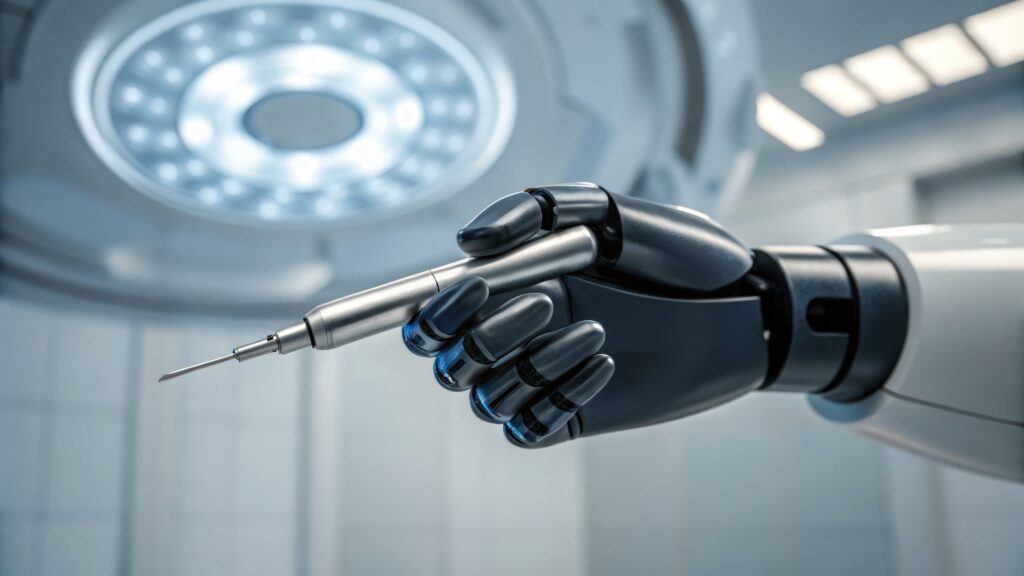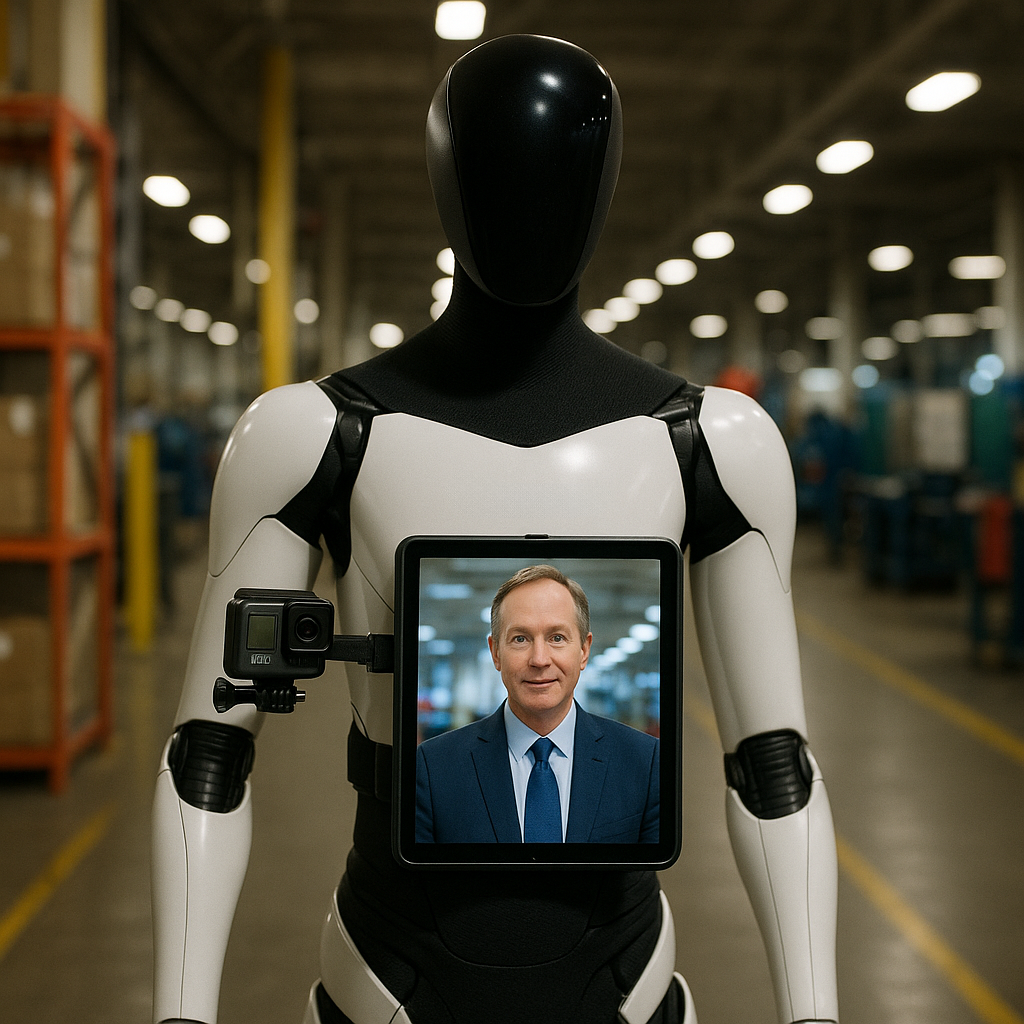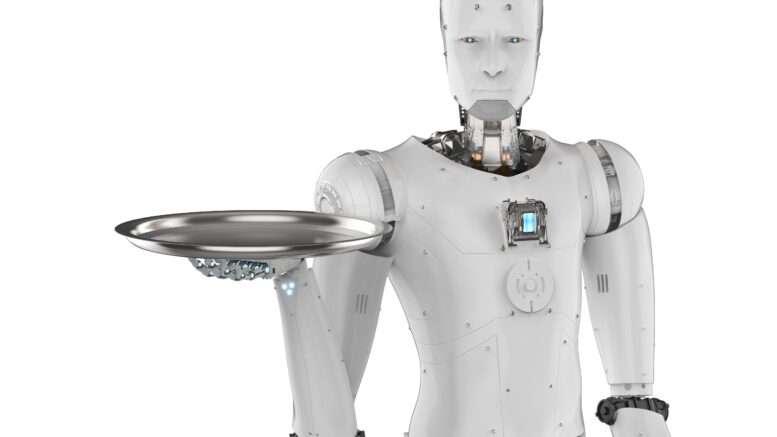Introduction: A Future With Tesla’s Optimus in Every Home and Factory
Tesla’s Optimus robot is quickly transitioning from concept to reality. Elon Musk projects that Optimus could begin factory work by the end of 2025 and enter American households within the next five years. As we stand on the threshold of widespread humanoid robot adoption, one critical consideration arises: what accessories will these robots need to operate efficiently and safely in human environments?
Just as human workers rely on specialized gear—from utility belts to backpacks—robots like Optimus will need their own suite of purpose-built accessories to fulfill their roles across diverse industries and terrains.
Why Tesla Optimus Will Need Specialized Accessories
Human tools don’t work for robots. Optimus has a rigid frame, limited tactile sensitivity, and a unique set of joint and sensor requirements. Accessories must:
- Avoid interfering with onboard sensors or AI interfaces
- Allow for thermal ventilation and mobility
- Attach/detach easily with robotic manipulators
- Match the robot’s weight distribution and operating conditions
From heat resistance to electromagnetic shielding, every detail of an accessory must be engineered for compatibility with robot physiology and function.
From Factory Floors to Frozen Tundras: Use Cases for Robot Accessories
Consider a scenario in a remote Alaskan facility. Instead of risking human exposure to subzero temperatures, an Optimus robot wearing an insulated, heated backpack could shuttle tools or supplies between buildings.
Now pivot to a factory setting. An Optimus robot fitted with a reinforced tool harness could haul parts, eliminate manual labor in hazardous zones, and increase efficiency during shift changes. Accessories won’t just extend functionality—they’ll define new job capabilities.
Robot Backpacks and Beyond: Accessory Types for the Optimus
The future of sewn robot accessories is as vast as the industries these robots will serve. Key types include:
- Robot Backpacks: Designed for carrying power packs, sensors, or delivery payloads.
- Harness Systems: Custom-fitted gear for stability on uneven terrain or while lifting.
- Pouch Modules: Swappable compartments for tools, surveillance gear, or diagnostic kits.
- Protective Overlays: Fire-resistant, weatherproof, or insulated fabrics for extreme conditions.
These sewn solutions must be lightweight, durable, and highly specialized.

From Lifting to Leading: Unexpected Accessories That Will Redefine Human-Robot Interaction
At Fieldtex, we’ve developed lifting harnesses to support human warehouse workers. While robots don’t suffer from back pain, they still need body-mounted accessories to perform new roles.
Imagine a Tesla Optimus walking up to a factory worker with an iPad mounted to its chest. The screen flickers to life: it’s the company president, live on video, checking in on the line. It sounds dystopian—and it might feel that way—but the hardware to enable this exists today. A chest-mounted tablet becomes a mobile telepresence platform, blending supervision and surveillance.

Or envision an Optimus rigged with a GoPro, navigating a war zone or disaster site. The camera streams real-time footage to CNN or a command center. For audiences at home, it’s not unlike a first-person shooter game—but it’s happening in real life. These accessories won’t just support function. They’ll reframe how we see and experience the world.
Tesla Optimus Accessory Concepts Table
| Accessory | Purpose/Function | Potential Use Cases | Design Considerations |
|---|---|---|---|
| Tablet Chest Mount | Remote interaction, video calls | Factory supervision, customer service kiosks | Must stabilize screen, allow touch input |
| Camera Harness (GoPro) | Live broadcast or recording | News coverage, search & rescue | Shock-absorbing mount, wide-angle view |
| Sensor Pouch Rig | Environmental monitoring (gas, heat, radiation, etc.) | Industrial inspections, disaster zones | Shielding from hazards, modular sensors |
| Specialty Product Carrier Harness | Transport of tools, tablets, or fragile equipment | Aerospace assembly, warehouse workflows | Foam lining, anti-static materials |
| Audio Communication Rig | PA speaker system or two-way radio | Crowd control, emergency broadcast | Soundproof housing, weather resistance |
| Thermal Backpack | Keep supplies warm/cold | Arctic logistics, medical delivery | Insulation, battery-assisted heating/cooling |
| Surveillance Drone Dock | Deployable micro drone from back module | Military scouting, perimeter security | Auto-launch mechanism, secure tethering |
Inspiration from Fiction: Sci-Fi Lessons in Practical Design
From C-3PO’s language packs to Iron Man’s HUD interface, science fiction has long anticipated human-robot partnerships. These fictional examples help us think boldly and practically. Could a robot have a deployable whiteboard? A retractable umbrella? A built-in gimbal for video stabilization?
By channeling this creativity into real-world designs, manufacturers can anticipate and solve tomorrow’s problems—today.
The Role of Sewn Goods Manufacturers in the Robotic Age
As Tesla gears up for mass production of Optimus, sewn goods companies like Fieldtex are uniquely positioned to lead in this niche. With decades of experience in tactical gear and custom carrying systems, we’re ready to develop the next generation of humanoid robot accessories.
These won’t be off-the-shelf solutions. They’ll be precision-made, mission-specific tools designed to enhance robot-human collaboration.
Equipping the Future, One Stitch at a Time
Tesla’s Optimus is more than a robot. It’s a platform—a new kind of teammate. But like any good partner, it needs the right tools to thrive. Accessories will shape its effectiveness, safety, and role in the workplace and the home.
At Fieldtex, we’re already stitching that future. Contact us to explore how we can help you prepare for a world where robots carry more than tasks—they carry our expectations, our communications, and perhaps even our voice.

